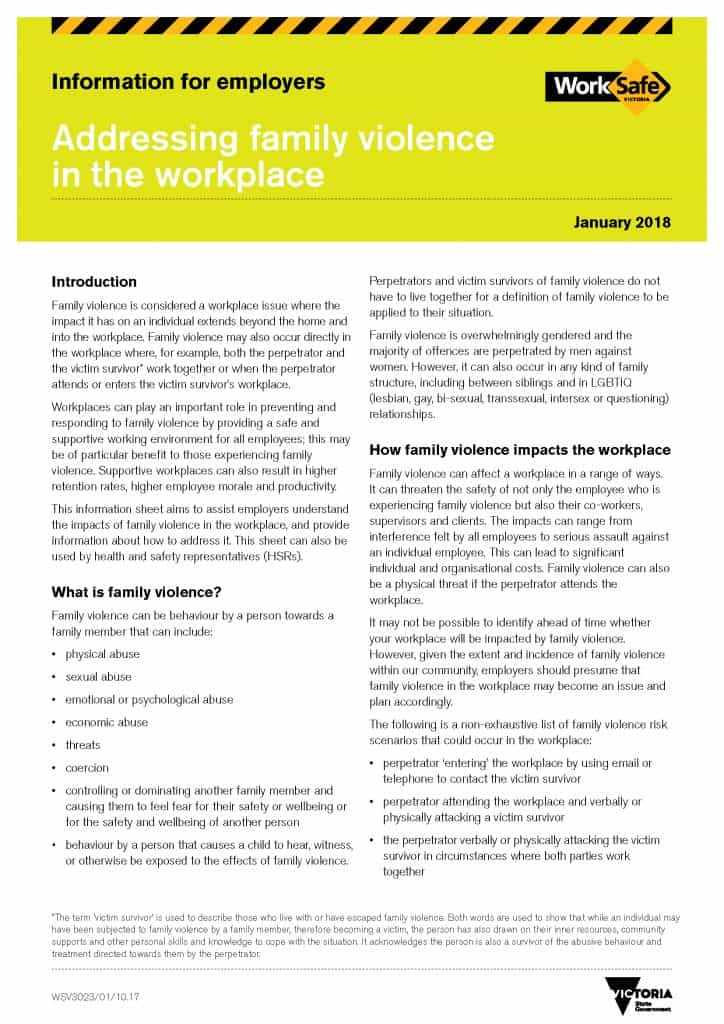Occupational health and safety (OHS) has been obsessed by Leadership for a long time. Leadership is important to establish safe and health workplaces but there is certainly a lot more to change than waiting for the boss to see the light. In many of these discussions, someone will use this phrase to emphasize the importance of leadership:
A fish rots first from the head
This is a biologically suspicious statement that SafetyAtWorkBlog has been eying to verify or dismiss for several years, unsuccessfully. A new fact checking website site drawing on the scientific community has been established and SafetyAtWorkBlog recently posed this question to www.metafact.io:
Let’s see what the experts say but in the meantime, please post your thoughts and comments on the question below.




